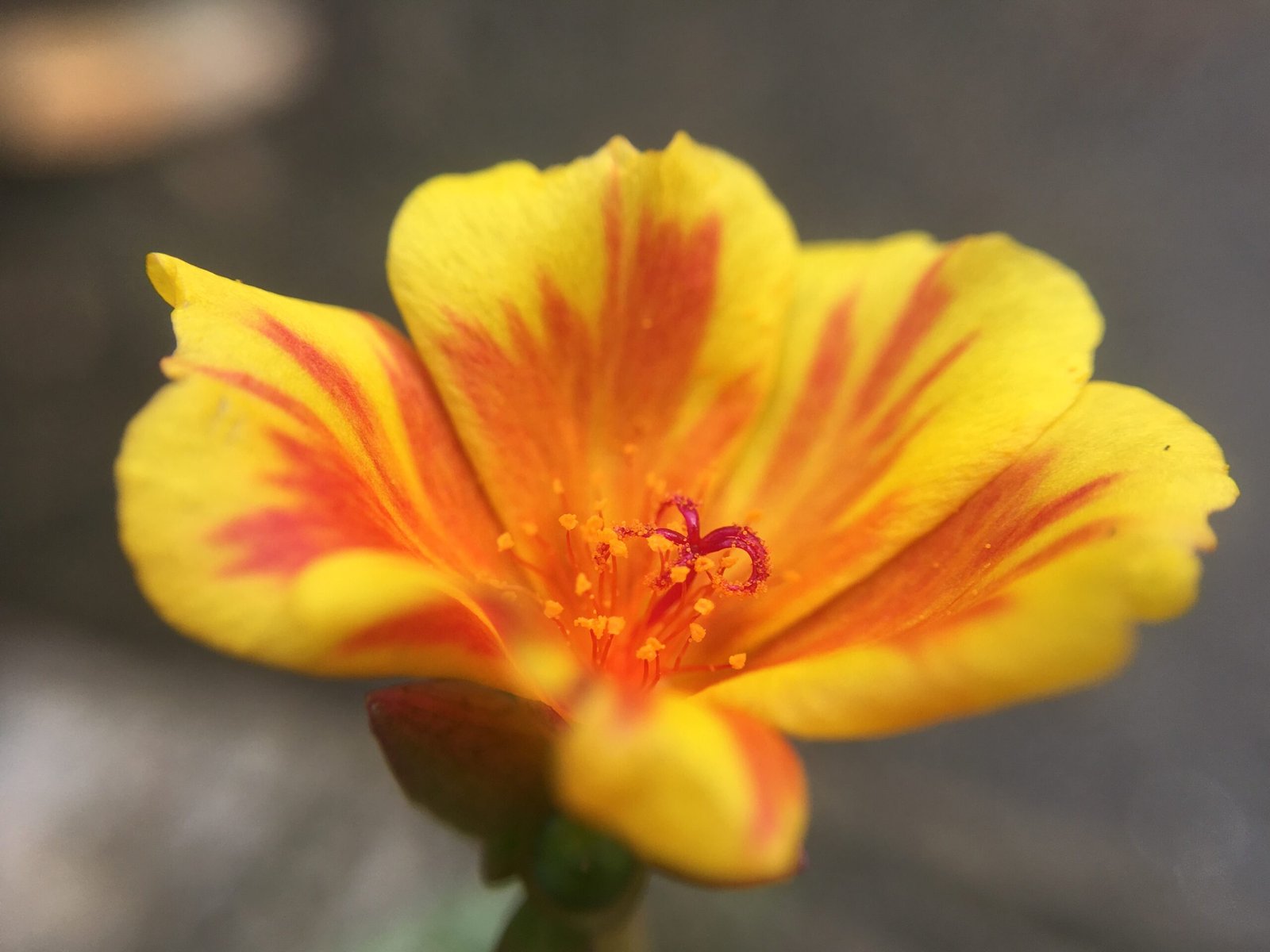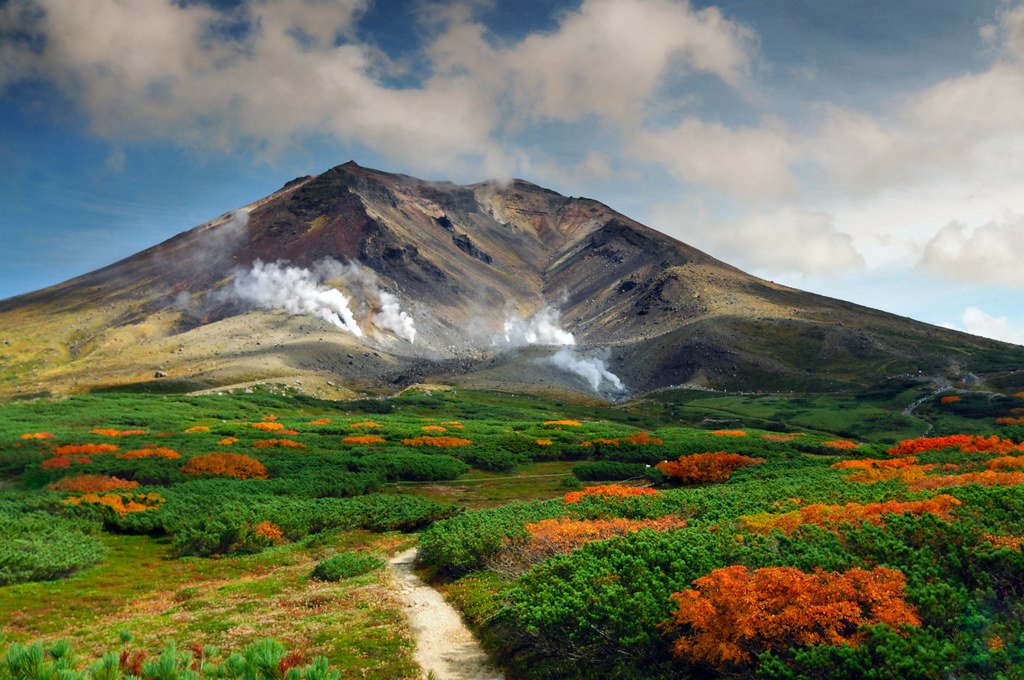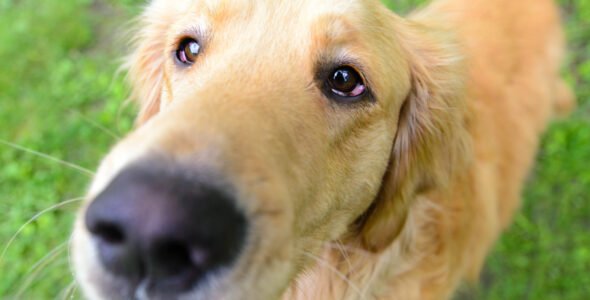If there are students who have attended our “Novice Photography Training Class”, one of them is to learn how to use the equipment on hand (even a novice camera or a set lens) to take beautiful photos, But how can students who have not attended class learn? We have specially written for this article, and hope that you can understand the use of “depth of field” within 5 minutes, and make good use of existing equipment to take beautiful photos!
- The Aperture Size Has an Effect On the Depth of Field
Remember the following theory:
Large aperture = small numbers = blurred background / shallow depth of field = portraits
Small aperture = large number = clear background / depth of field = shooting scenery
Examples of large apertures are f/1.4, f/1.8, f/2.8
Examples of small apertures are f/8, f/11, f/32
- The Focal Length Has an Impact On the Depth of Field
Under the same aperture, the longer the focal length, the shallower the depth of field, so you can use 85-200mm for portraits - The Background Distance Affects the Depth of Field
The further away the background is from the subject, the shallower the depth of field
- Can I Shoot Shallow Depth of Field in the Fully Automatic Mode?
Although the automatic mode cannot adjust the aperture, you can try:
Turn on “Macro Mode”
Place the camera as close as possible to the subject to shoot.
Find an angle to keep the background away from the subject.
Such a photo should also have a shallow depth of field effect.
- Is the Range of Depth of Field Before and After the Focus Point the Same?
Usually the depth of field will be 1/3 in front of the focus point and 2/3 behind the focus point, but as the focal length is longer, the front and back range will get closer and closer. - When Do I Need to Use Shallow Depth of Field?
Although the effect of the shallow depth of field is very beautiful, it is not used casually. It can be used in the following situations:
Want to focus on the subject (such as taking portraits);
When the background is too cluttered (such as taking pictures on the street);
When you want to shoot a dreamy effect;
Creative photography (such as when self-made bokeh patterns): - When Do I Need to Use Deep Depth of Field?
When your aperture is small, the depth of field will become deeper. When we want the entire content of the photo to be clear, we will use the deep depth of field, which is often used in landscape photography or street photography.
Written By Collin Smith @remotes.work Holborn London

 My Account
My Account 


